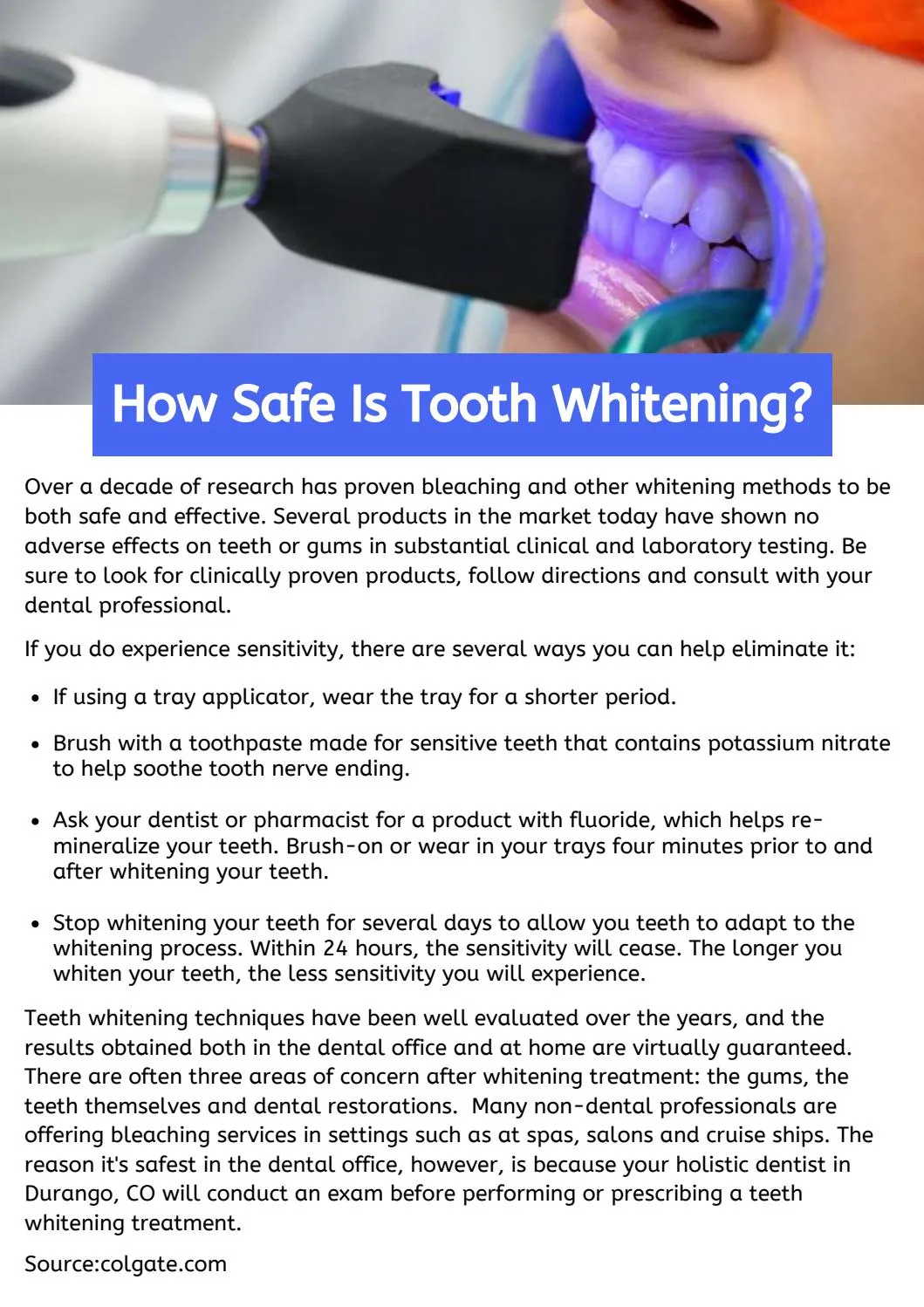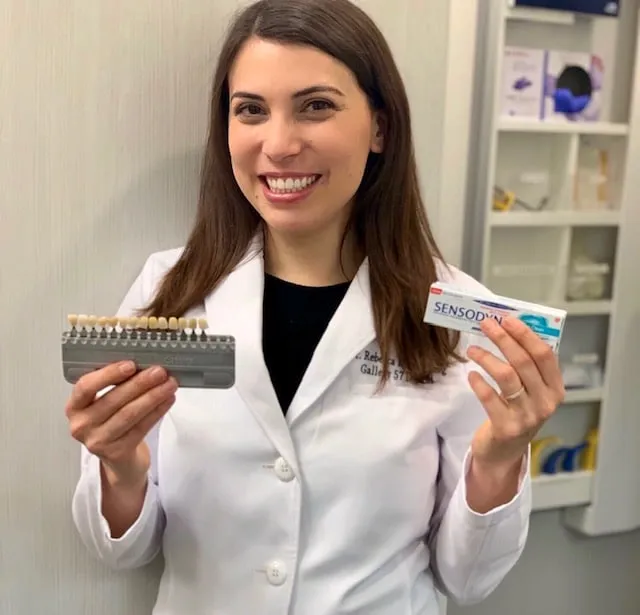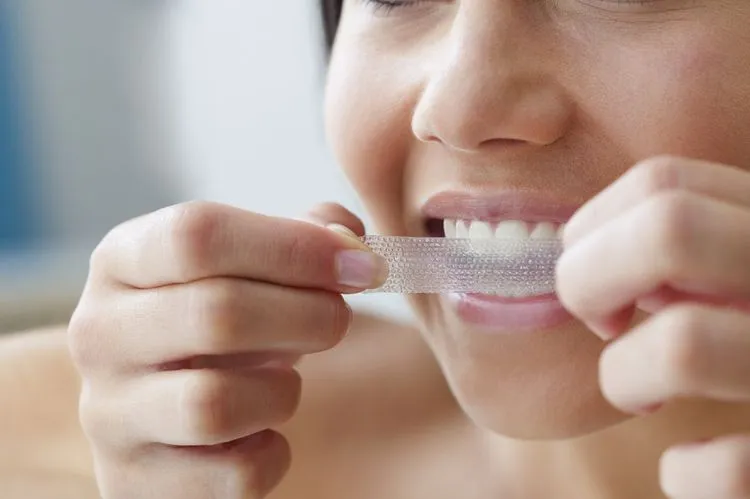What is Tooth Whitening?
Tooth whitening is a cosmetic dental procedure designed to lighten the color of your teeth. It’s one of the most popular cosmetic treatments, as many people desire a brighter, more attractive smile. The process typically involves using bleaching agents to remove stains and discoloration from the enamel, the outer layer of your teeth. There are several methods for achieving this, ranging from professional treatments in a dentist’s office to over-the-counter products available for home use. Understanding the different approaches and their potential impacts is crucial for making informed decisions about your oral health and aesthetic goals.
Different Types of Tooth Whitening
The world of tooth whitening offers a variety of options, each with its own advantages and considerations. These methods can be broadly categorized into professional and at-home treatments. Professional treatments, typically conducted by a dentist, often involve stronger bleaching agents and can provide quicker and more dramatic results. At-home options include over-the-counter kits, whitening toothpastes, and rinses, offering a more gradual approach. The choice between these options depends on factors such as the severity of the discoloration, your desired results, and your budget.
In-Office Whitening

In-office whitening is performed by a dental professional in a clinic setting. This method usually involves applying a high-concentration bleaching gel to the teeth, often activated by a special light or laser to speed up the whitening process. The entire procedure typically takes about an hour, and results are often immediately visible. Because of the controlled environment and professional expertise, in-office whitening can be very effective. However, it is generally more expensive than at-home alternatives, and it may cause increased sensitivity for a short period. This method is ideal for those seeking rapid results or dealing with significant discoloration.
At-Home Whitening Kits
At-home whitening kits offer a convenient and cost-effective way to brighten your smile. These kits typically include custom-fitted trays or strips filled with a lower-concentration bleaching agent, and the trays are worn for a specific amount of time each day over a period of weeks. At-home kits give you more control over the process, allowing you to whiten your teeth at your own pace and convenience. However, the results are usually less dramatic and take longer to achieve compared to in-office treatments. It’s important to follow the instructions carefully to minimize the risk of side effects and achieve the desired results.
Whitening Toothpastes and Rinses
Whitening toothpastes and rinses are the most accessible and affordable options. These products often contain mild abrasive agents or chemicals that help remove surface stains. While they can improve the brightness of your teeth, they usually don’t change the underlying color of the enamel. The results are typically subtle and may take several weeks of consistent use to become noticeable. Some whitening toothpastes and rinses may cause increased sensitivity or gum irritation, so it’s essential to choose products that are suitable for your teeth and follow the directions carefully.
Potential Side Effects of Tooth Whitening

While tooth whitening is generally safe, it’s not without potential side effects. Understanding these risks is crucial to making an informed decision and taking precautions. The most common side effects are usually temporary and can be managed with proper care and guidance from your dentist. However, in some cases, more serious complications can occur. By being aware of the potential downsides, you can make a more informed decision and take steps to minimize any negative impacts.
Tooth Sensitivity
Increased tooth sensitivity is a very common side effect of tooth whitening. This occurs because the bleaching agents can penetrate the enamel and reach the dentin, which contains nerve endings. The sensitivity can range from mild discomfort to sharp, temporary pain, especially when consuming hot or cold foods and drinks. This side effect is usually temporary and resolves shortly after the treatment ends. To manage sensitivity, dentists often recommend using desensitizing toothpaste containing potassium nitrate, which helps block nerve signals. Avoiding extreme temperatures in food and drinks can also help reduce discomfort during the whitening process. Proper management can make the experience more comfortable.
Gum Irritation
Gum irritation is another potential side effect, often caused by the bleaching agent coming into contact with the gums. This can lead to inflammation, redness, and soreness. In in-office treatments, dentists take precautions to protect the gums, such as using protective barriers. With at-home kits, it’s essential to ensure that the trays fit properly to prevent the bleaching gel from leaking onto the gums. If you experience gum irritation, it’s important to stop the treatment and consult your dentist. They may recommend using a different product or adjusting the treatment method. Proper care and attention can help minimize the risk and severity of gum irritation.
Enamel Damage

While rare when used correctly, excessive or improper tooth whitening can potentially damage the enamel. This can lead to increased sensitivity, and in severe cases, may weaken the teeth and make them more susceptible to decay. Using products with high concentrations of bleaching agents or overusing them can increase the risk. Always follow the instructions provided with the product or follow the advice of your dentist. Choosing a reputable product and following the recommendations of a dental professional are critical to ensuring the safety and effectiveness of tooth whitening.
How to Minimize Risks
Taking precautions can significantly reduce the risks associated with tooth whitening. The best approach involves a combination of professional guidance, careful product selection, and diligent adherence to instructions. Your dentist can assess your oral health, recommend suitable products, and monitor your progress. By working together, you can achieve the results you want while keeping your teeth healthy and safe. These steps can help ensure a positive and safe experience.
Consult Your Dentist
Consulting your dentist is the most important step before undergoing tooth whitening. Your dentist will assess your overall oral health, check for existing dental issues such as cavities or gum disease, and determine if whitening is appropriate for you. They can also recommend the best whitening method based on your specific needs and goals. Furthermore, your dentist can advise on the potential risks and how to minimize them. This consultation ensures the safety and effectiveness of the procedure, helping you achieve a brighter smile without compromising your dental health. It is the best way to make an informed decision.
Choose Reputable Products

When selecting at-home whitening products, choose those from reputable brands that are known for quality and safety. Look for products that have been approved or recommended by dental professionals. Avoid products with excessively high concentrations of bleaching agents, as these may increase the risk of side effects. Read reviews and check for any potential issues or concerns reported by other users. Choosing well-regarded products minimizes risks and enhances the likelihood of achieving a successful outcome. Always be mindful of what you put in your mouth and what you are exposing your teeth to.
Follow Instructions Carefully
Following the instructions provided with your chosen whitening method is essential to minimize risks. This applies to both in-office and at-home treatments. Carefully follow the application guidelines, recommended duration, and frequency of use. Avoid overuse, as this can increase the likelihood of side effects. If you experience any adverse reactions, such as increased sensitivity or gum irritation, stop the treatment and consult your dentist immediately. Adhering to the instructions ensures the safety and effectiveness of the whitening process, allowing you to achieve the desired results without compromising your oral health. Take your time and read all directions before beginning.
Maintaining Your White Smile
Maintaining a white smile involves consistent oral hygiene and lifestyle choices. Brushing and flossing regularly, along with regular dental check-ups, are the cornerstones of keeping your teeth bright and healthy. Avoiding staining foods and drinks also plays a significant role in preserving your results. By adopting these habits, you can enjoy a long-lasting, radiant smile and protect the investment you’ve made in whitening your teeth. Continuous efforts will keep your smile shining and healthy.
Proper Oral Hygiene

Maintaining proper oral hygiene is crucial for preserving the results of tooth whitening. Brush your teeth at least twice a day with fluoride toothpaste, and floss daily to remove plaque and food particles. Consider using a whitening toothpaste to help remove surface stains and maintain brightness. Rinse with an alcohol-free mouthwash to reduce the risk of sensitivity and gum irritation. Effective oral hygiene prevents new stains from forming and keeps your teeth and gums healthy. Make sure you are consistent and thorough with your hygiene routine.
Regular Dental Check-ups
Regular dental check-ups and cleanings are essential for maintaining a white smile. Your dentist can professionally clean your teeth, removing any surface stains that may have accumulated. They can also monitor your oral health and identify any potential issues, such as cavities or gum disease, early on. Schedule regular appointments to keep your teeth bright and your gums healthy. Professional cleanings and examinations help ensure your oral health and prevent any issues from affecting your smile.
Avoiding Staining Foods and Drinks
Avoiding or limiting staining foods and drinks is important to maintain the results of tooth whitening. Certain foods and beverages, such as coffee, tea, red wine, and berries, can stain your teeth. If you consume these items, brush your teeth or rinse your mouth afterward to minimize staining. Consider using a straw when drinking beverages that can stain your teeth. Making conscious choices about your diet can help you maintain a bright, white smile for longer and prevent the need for frequent whitening treatments. By practicing these habits, you can ensure your efforts last.
